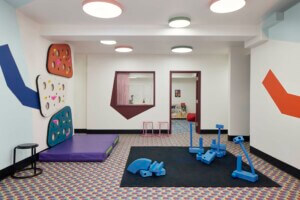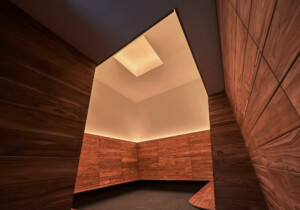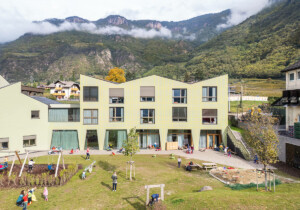Early on in the pandemic, the threat of “zoom bombing” was one of the plights of learning and teaching in virtual classrooms. This problem with digital classrooms was quickly solved, and today collaborating in tightly sealed digital spaces is something we take for granted. Even with the return of students and faculty to campus and to in-person classes, the sharply defined channels of online communication continue to influence our learning environments.
While the design of academic spaces has traditionally appreciated the value of chance encounters and informal collaboration, we now need to even more strongly cultivate these interactions. Great content is readily available online, but the element of atmospheric influence offered by physical spaces build on that information to make it engaging, vibrant, and open to creative discovery. The disruptions and interferences that happen in physical space, while occasionally inconvenient, are the creative complement to the narrow digital connections on which we have come to rely. How can we design spaces and hallways that make the most during these times of transition, encouraging discussion and meaningful interaction?

For example, the time that students spend waiting for class to begin could be considered an inconvenience compared to logging on at the assigned hour; digital punctuality has made us less tolerant of late starts. But this “lost” waiting time poses an opportunity for students to ask each other questions and allow for conversations to wander between class content and life. These spontaneous interactions are nearly impossible to replicate online. How can we design hallways that make the most during these times of transition?
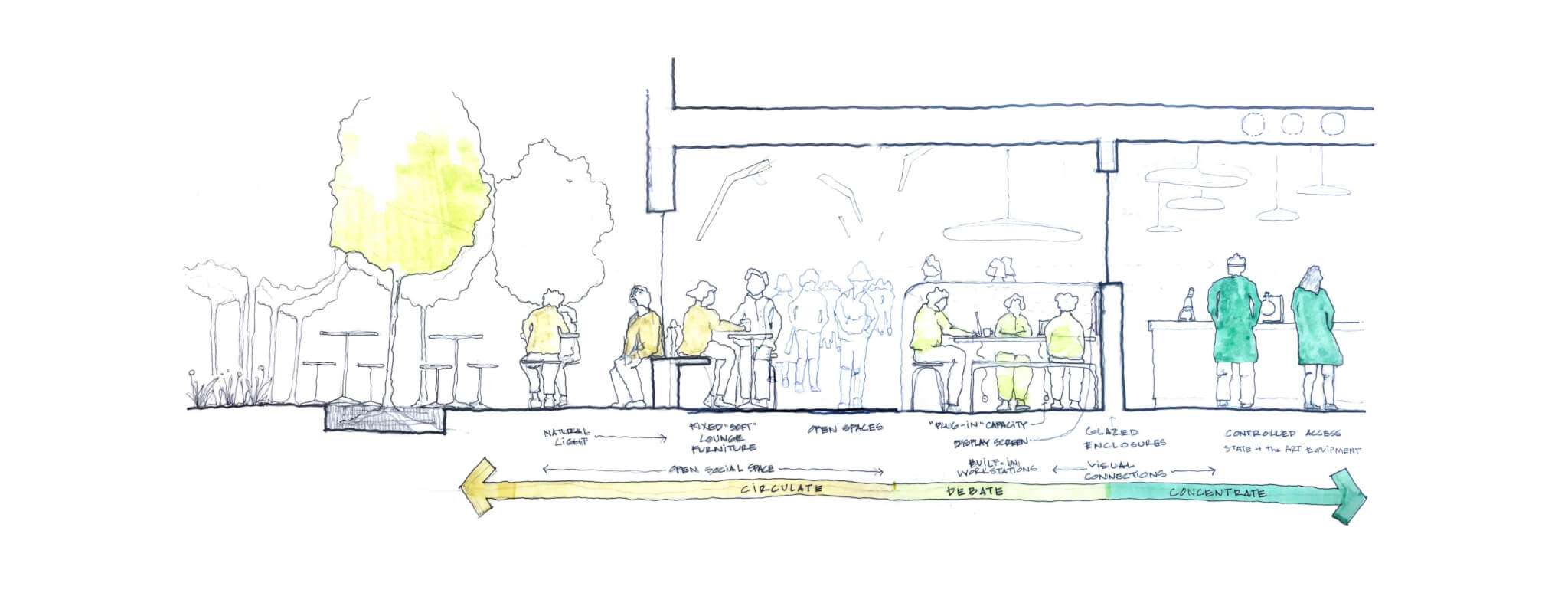
Similarly, a professor may lament the added time required to travel to class rather than logging on, or being overwhelmed by a throng of students when they are late to a meeting. These encounters may engender the most provocative questions and conversations. How can we plan buildings to extend and encourage these types of meetings and potential discussions?
These spaces of “interference” can emerge organically. For example, when Marvel was working with New Jersey Institute of Technology, an otherwise nondescript floor was named by students as one of the most popular campus study spaces. Several seminar rooms had been added to a floor of faculty offices and were regularly taken over by students after class. The rooms’ proximity to elevators gave students immediate access to professors en route. The arrangement subjected professors to impromptu questions which may have been occasionally inconvenient, but faculty and students saw the benefit of the collaborative environment it created.

The most vibrant areas for discovery and innovation occur between fields of study and academic departments. Campus planners and administrators seek to foster these new areas of investigation by colocating related centers and departments. But what will actually nurture these cross-disciplinary interactions? A first step is understanding that curating the experience of students and faculty is a critical and multifaceted task that ranges from the design of physical spaces to how they are scheduled and programmed. Catalyzing interactions needs to be a higher priority than streamlining operations.
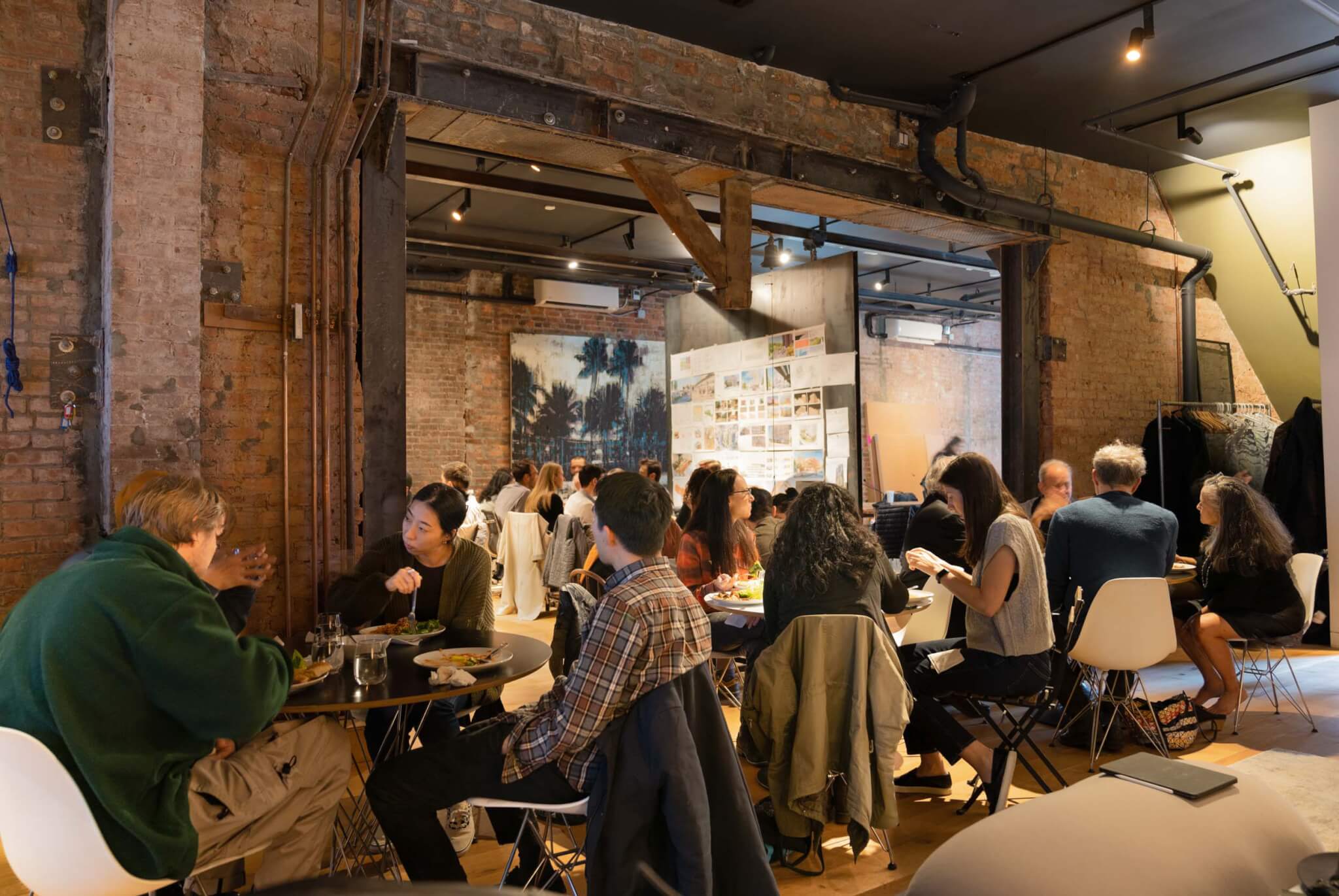
The desire to spur interaction has produced a new classroom typology in a current Marvel project: Consider this intentionally oversized presentation space. It opens onto circulation space, inviting students and faculty to drop in and linger around the edges. Presenters tolerate more distractions than in an acoustically isolated lecture hall, but they benefit from more opportunities for cross-disciplinary contact.
Cafes and concessions are a recognized strategy to activate academic spaces and draw students and faculty together across departments. But small details can make them more effective connectors; for example, reusable dishware does more than support sustainability. Its specification elevates the culinary experience in a way that attracts faculty and graduate students who might otherwise seek the shelter of their offices; instead, it encourages them to congregate and linger. By sacrificing the convenience of “grab and go,” faculty and students will likely spend more time in common areas with their colleagues.
Given that online communication narrows the field for spontaneous interaction, universities need physical spaces that foster and extend these unplanned moments. Some convenience may be sacrificed: A professor might not easily get back to his office without being delayed by questions; a student may present in an environment that is not free from distractions or may be delayed in returning to lab if they get a coffee or snack to stay. While these interferences appear to be obstacles, the unplanned connections they make possible carry unforeseen rewards and opportunities for inspired learning.

Online environments offer an effective means of conveying information and can even support collaboration. But their promise misses the full scope of what an education offers. We need to advocate for physical environments that make the most of the experience of in-person collaboration. This is not a defensive move to protect our role as designers of environments and our clients who invest in them; it instead promotes the qualities that make in-person collaboration relevant and essential. When classmates and professors work alongside each other in physical spaces, they generate a shared human awareness that cannot be replicated through a screen. The questions that get asked in unplanned encounters and in the shreds of time before or after a class are the seeds for fields of study yet to be explored.
Guido Hartray is a founding partner at Marvel.








